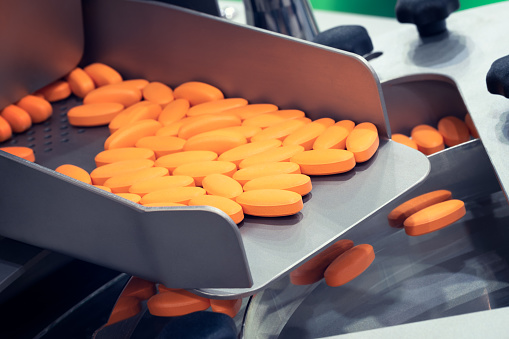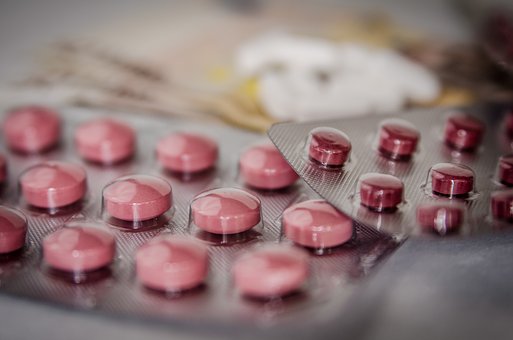A single-punch tablet press sometimes referred to as a diy pill press, is an easy-to-use device used for compressing and forming tablets. The process of creating tablets is known as tableting, and this compact machine can help you create your own tablets quickly and efficiently. Here’s how it works.
Understanding the Basics of Single Punch Tablet Pressing
When it comes to creating tablets, a single-punch tablet press relies on two basic tools: a die (or mold) and a punch. The die consists of two parts: an upper part known as the “bosh” and a lower part called the “puncher.” When pressed together, they form the shape of the desired tablet. The punch is then inserted into the die, pushing down with enough force to compress the powder inside into a solid tablet. This process requires precision in order to ensure that each tablet has a consistent size and weight.

What Types of Tablets Can Be Created?
Using a diy pill press, almost any type of medication or supplement can be compressed into tablet form. This includes vitamin supplements, herbal remedies, over-the-counter medicines such as ibuprofen or paracetamol, prescription medications like antibiotics or painkillers, and even pet medications. A single-punch tablet press also makes it possible to create custom formulations from many different ingredients in just one go – something that would otherwise require multiple steps if done manually by hand.
Preparing Your Materials For Pressing
Before starting up your single-punch tablet press machine, you will need to prepare your materials properly first. Depending on what type of tablets you are making, this may involve grinding raw herbs or powders into fine particles; mixing them together with binding agents; breaking apart lumps; adding fillers or excipients; and more. All these steps help ensure that all ingredients are evenly distributed throughout each batch before pressing begins. Once preparation is complete, you can then start loading up your machine with individual batches ready for pressing.
The tablet-making process is explained.
Once everything is set up correctly inside your single-punch tablet press machine, it’s time to start making tablets! As mentioned earlier in this article, the process involves inserting punches into dies filled with powdered material under high pressure until solid tablets are formed underneath their surface, with each individual cavity holding one tablet at a time during its production cycle, which typically lasts between 10-15 seconds for most machines, depending on the type of design, speed & capacity settings being used at any given time. During this time, lubricants may be added to aid ejection & also help to reduce friction between moving parts, while air extraction systems may be required when working with light dust powders due to their tendency to fly around during operation. Once complete, the finished pills fall from the lower section onto collection trays ready for quality inspection prior to packing & despatch.

Quality assurance testing
Maintaining quality control over each batch produced using a DIY pill press is essential to ensure product safety & efficacy, which is why thorough testing should always take place before products are distributed to markets. Some of the most common tests performed include checking that specified weights have been achieved within acceptable ranges (+/- 5%); verifying hardness requirements; checking disintegration times; confirming accurate dosage per unit; looking for signs of contamination such as metal fragments or other impurities etc. Final results must meet pre-defined standards set by the relevant regulatory authorities before final approval is granted.
Conclusion
Single-punch tablet presses offer great convenience when it comes to producing large batches of uniformly sized and shaped pills without too much effort. With proper upfront preparation and meticulous testing afterward, manufacturers can safely produce high-quality finished products without worrying too much about problems arising from a lack of operational knowledge or the use of inferior ingredients in the production process.





